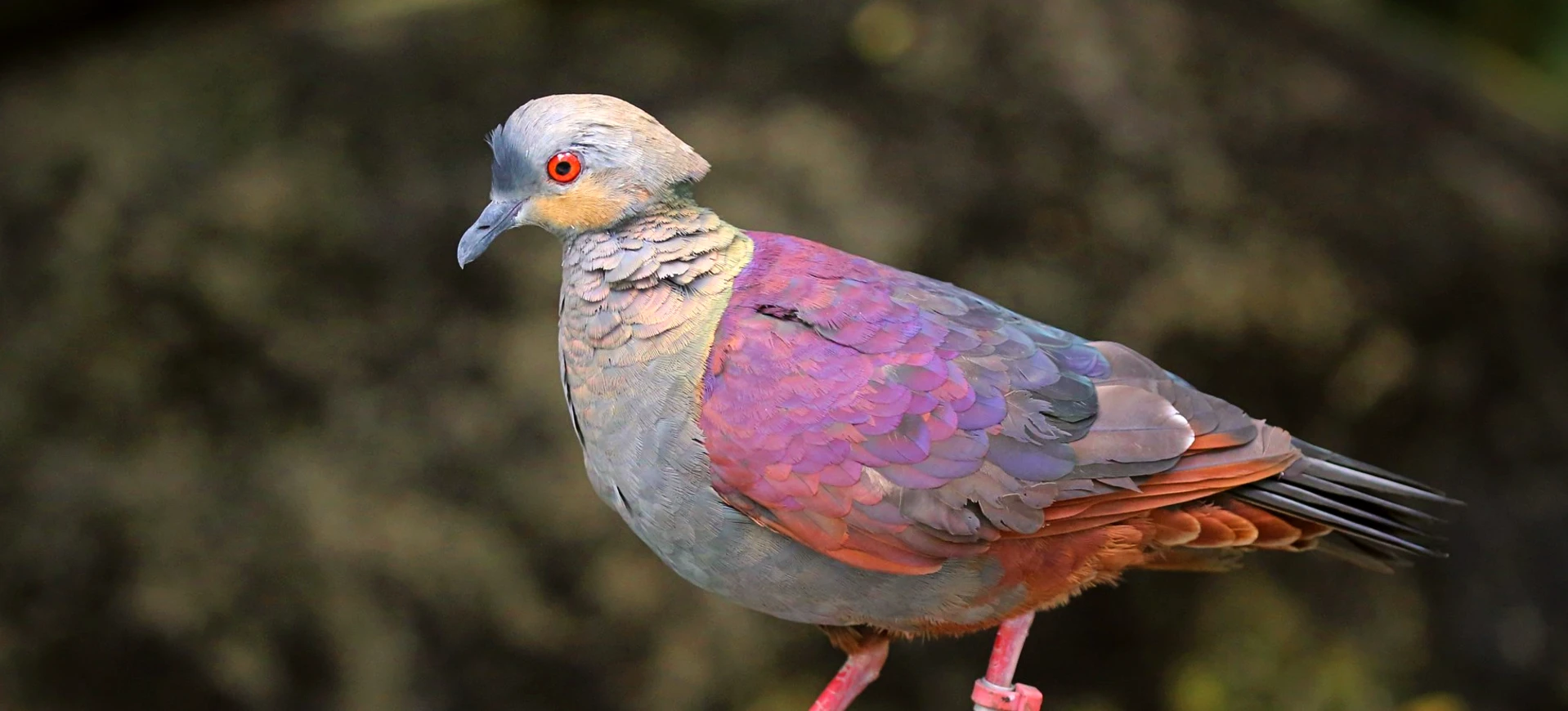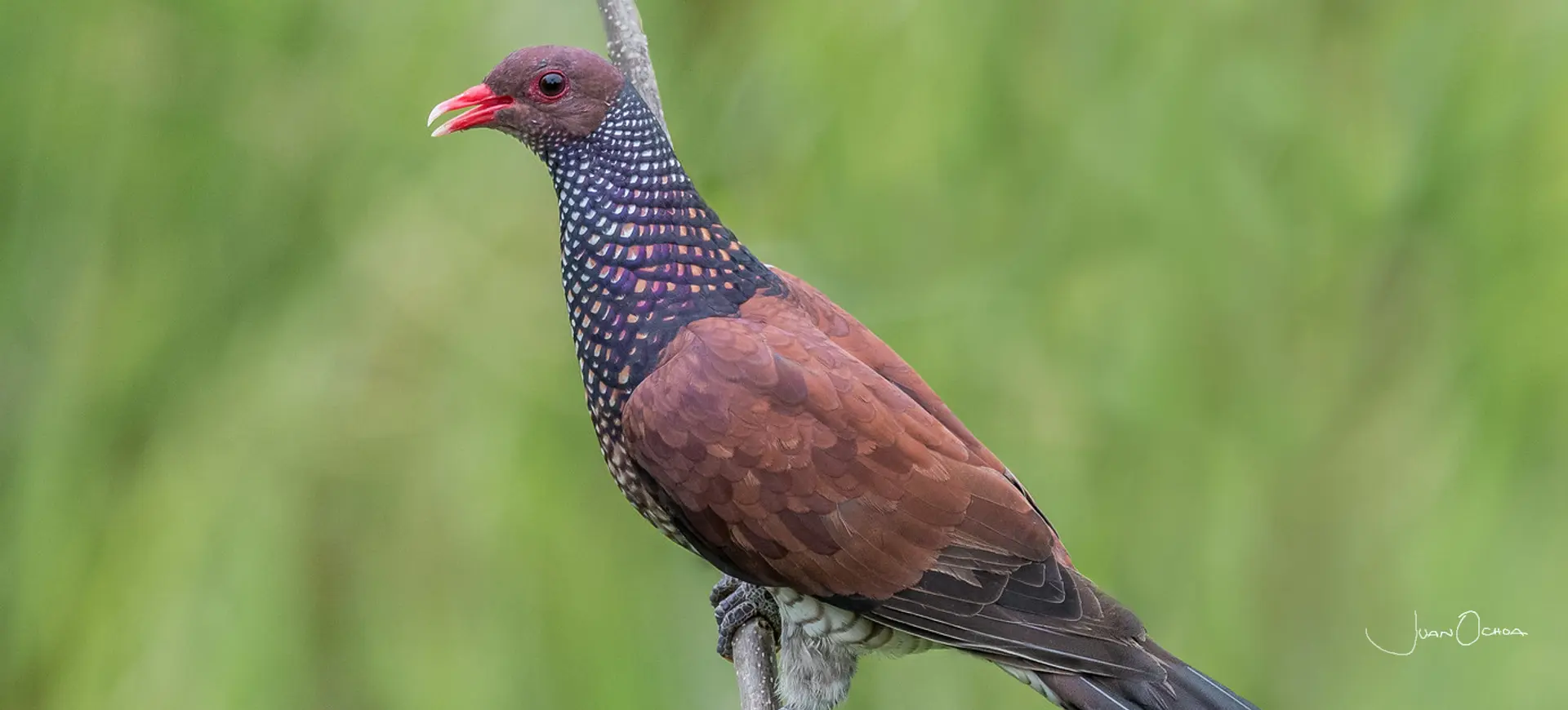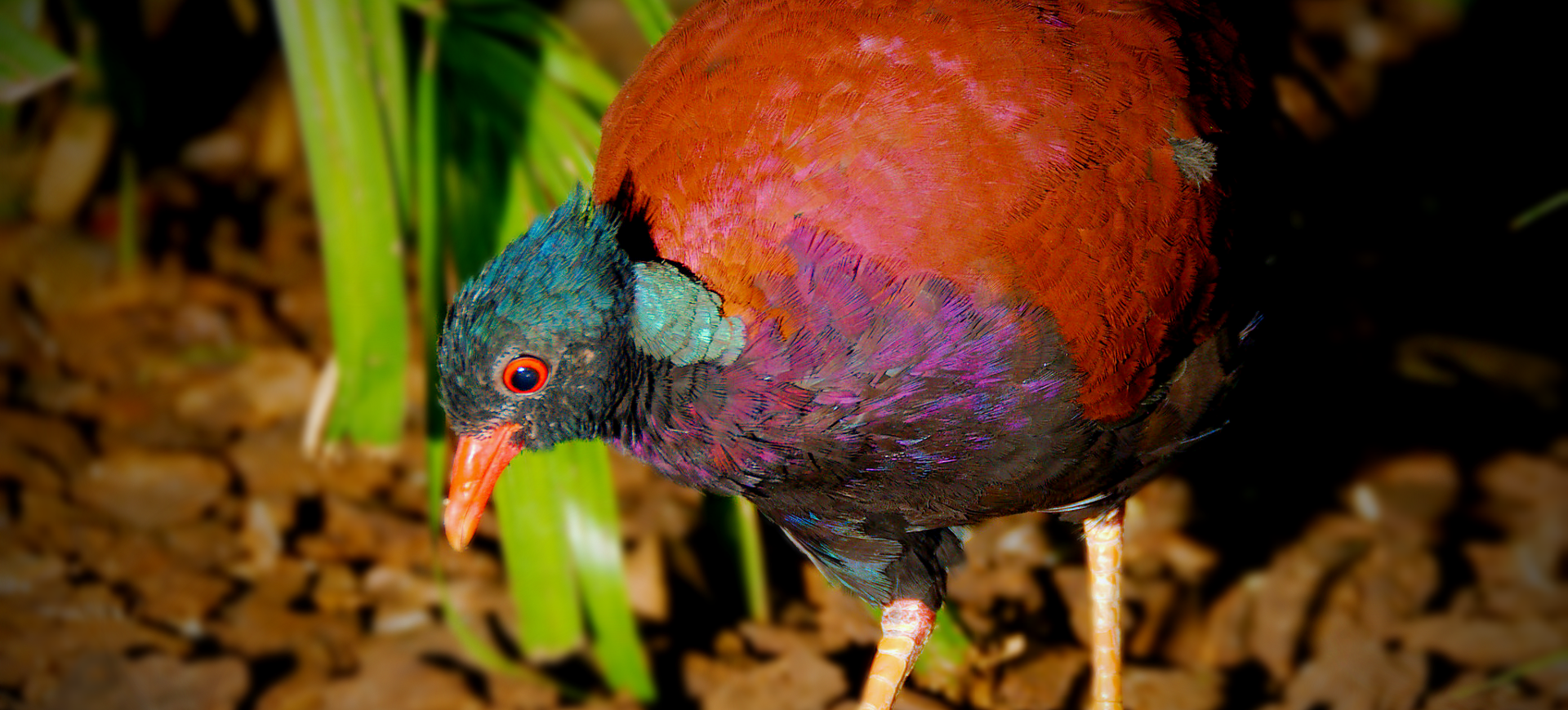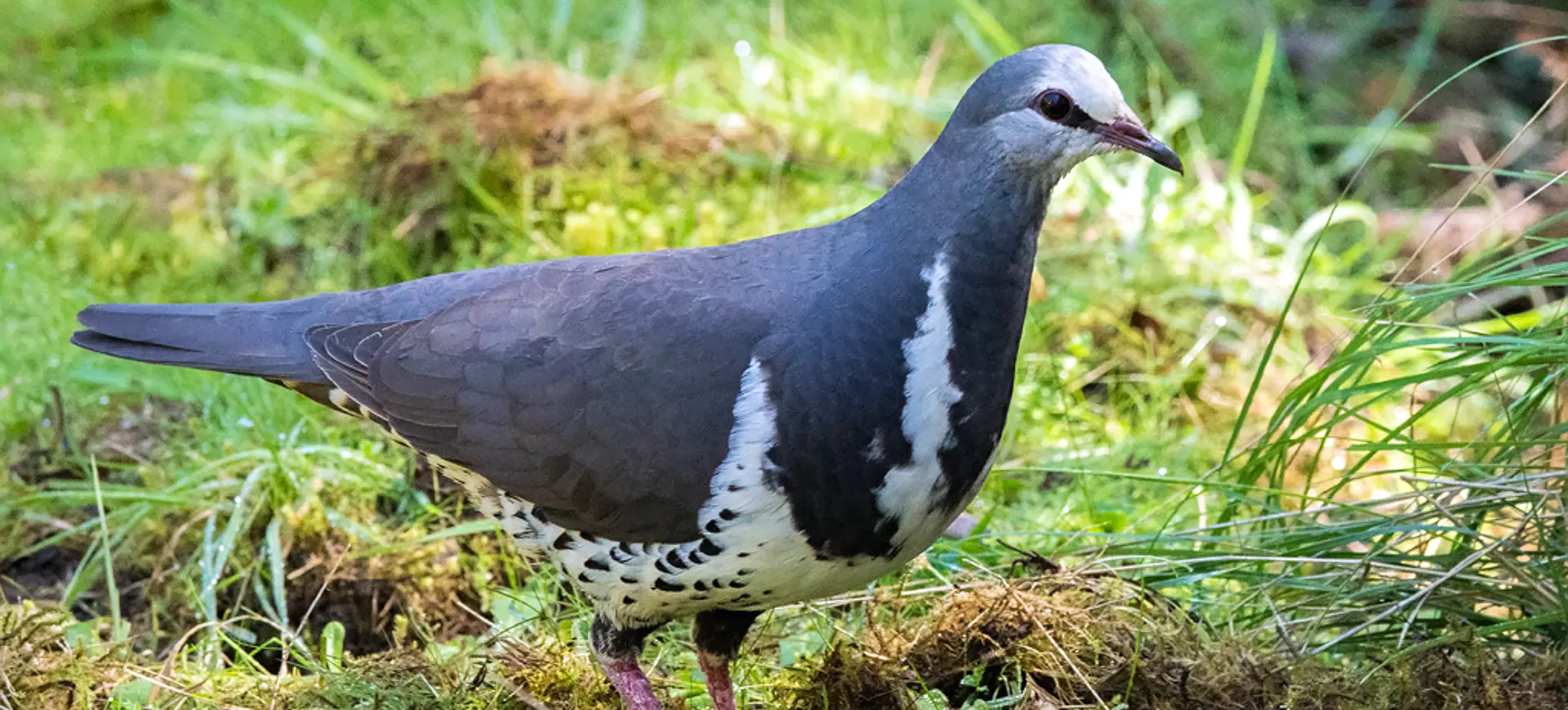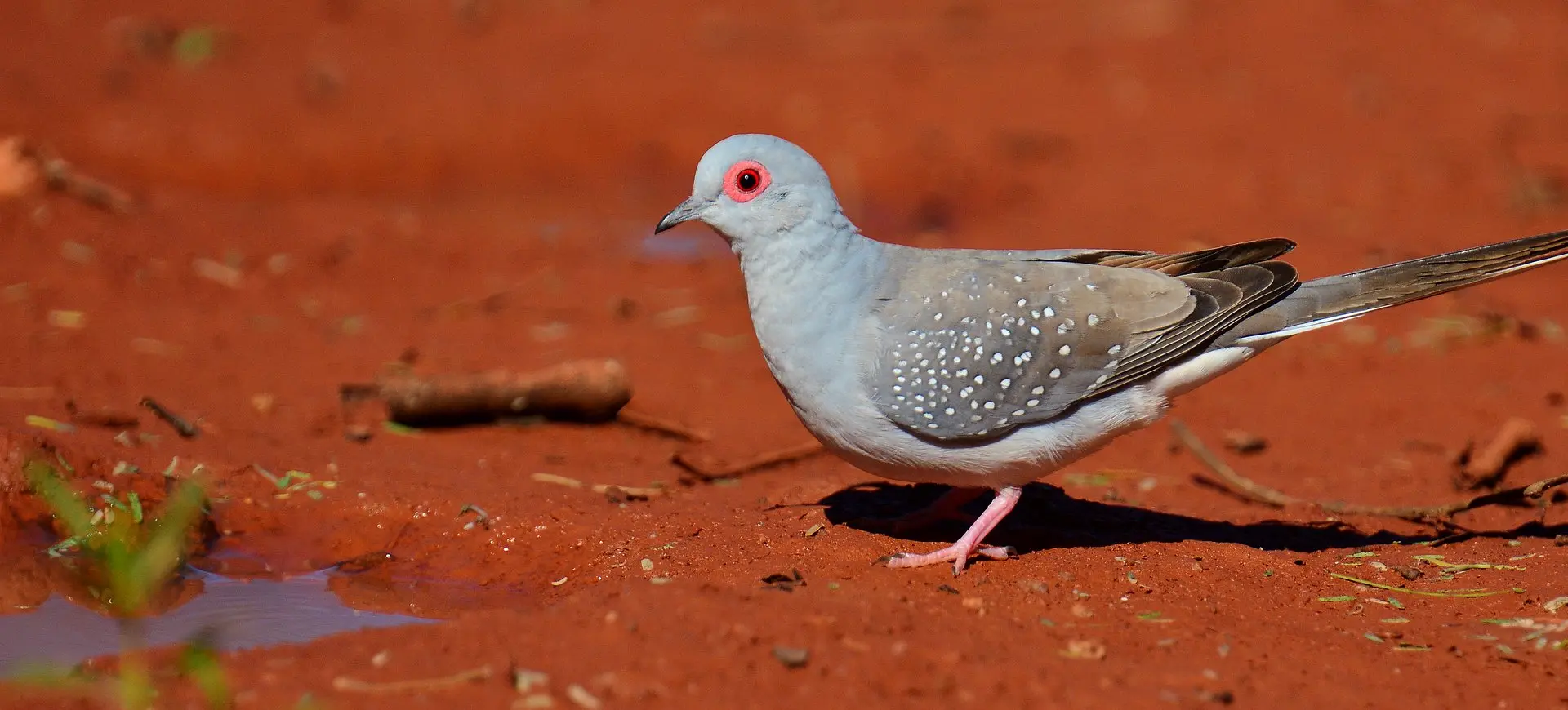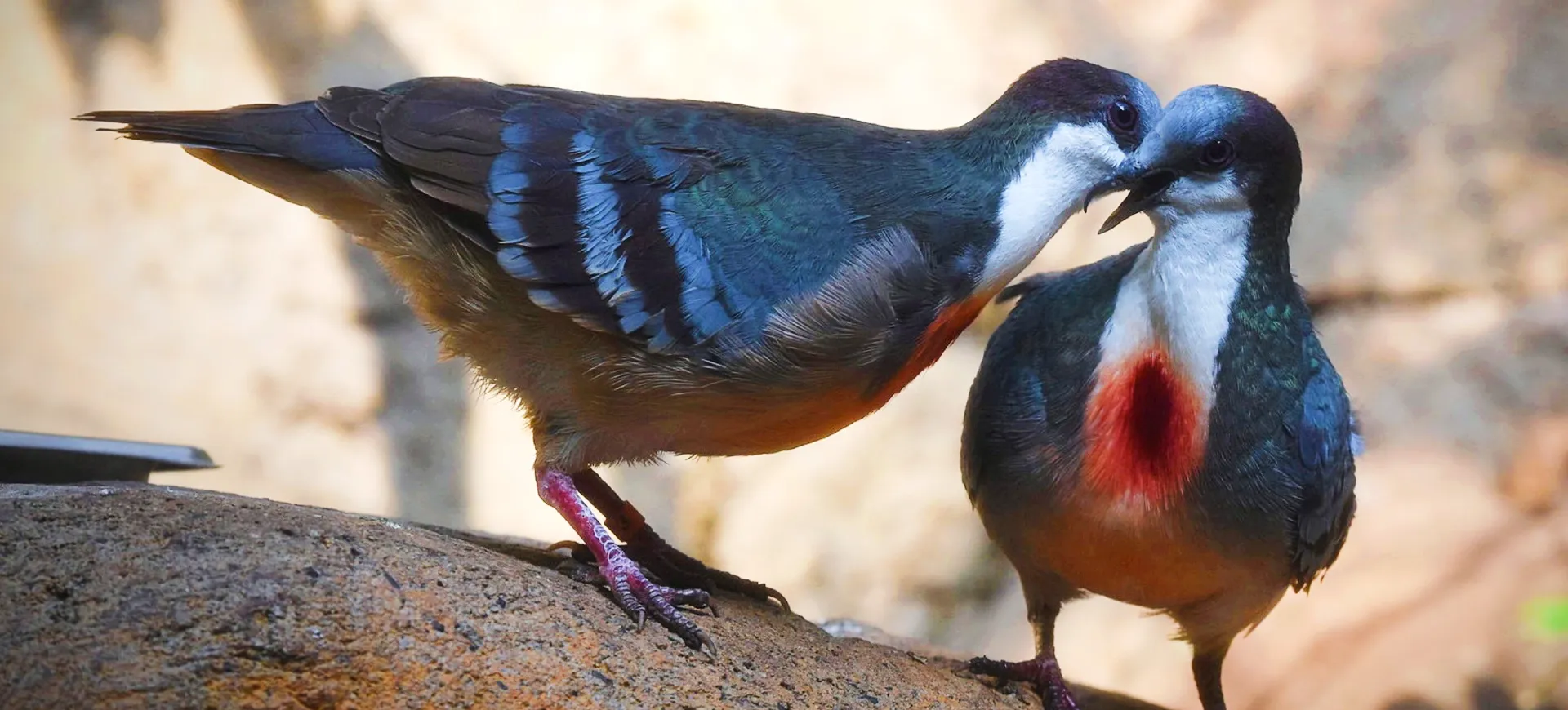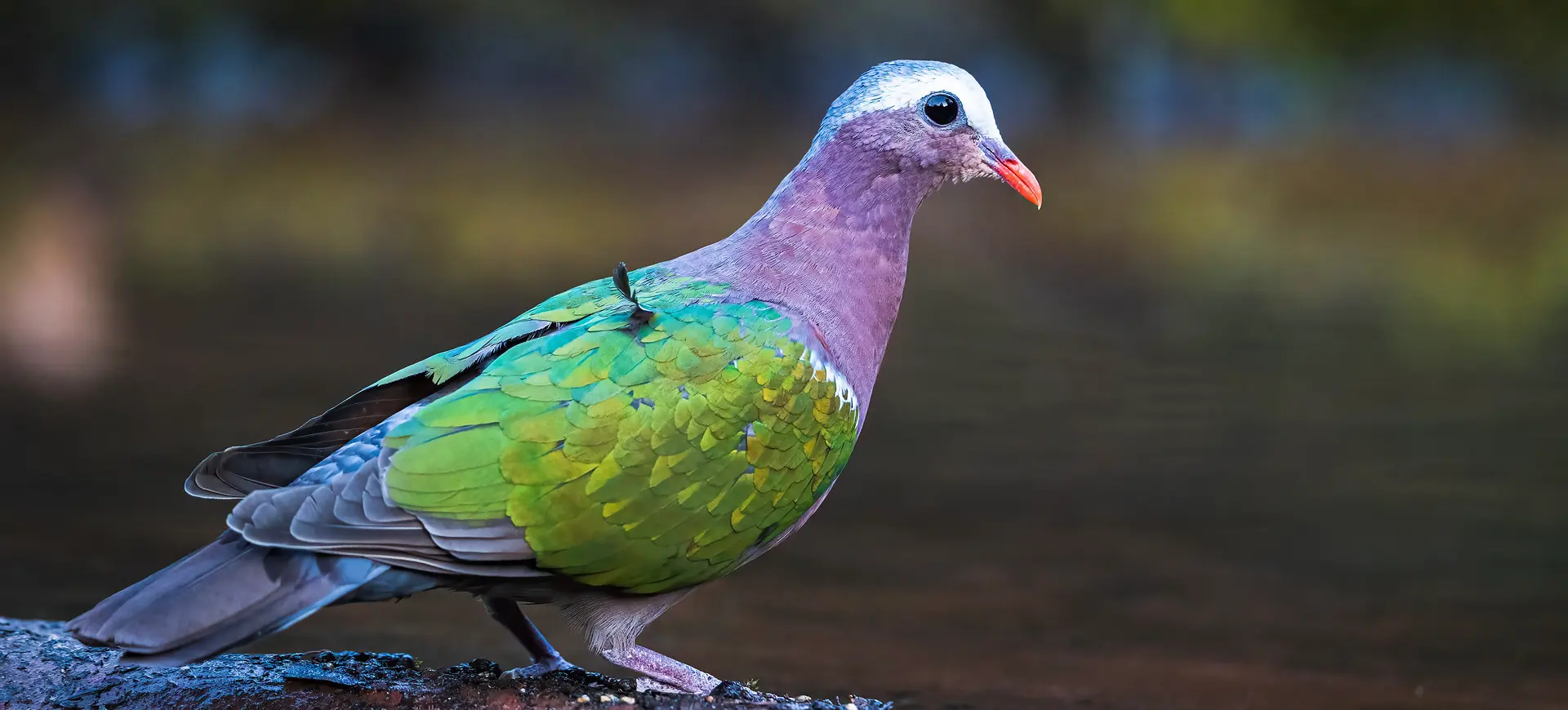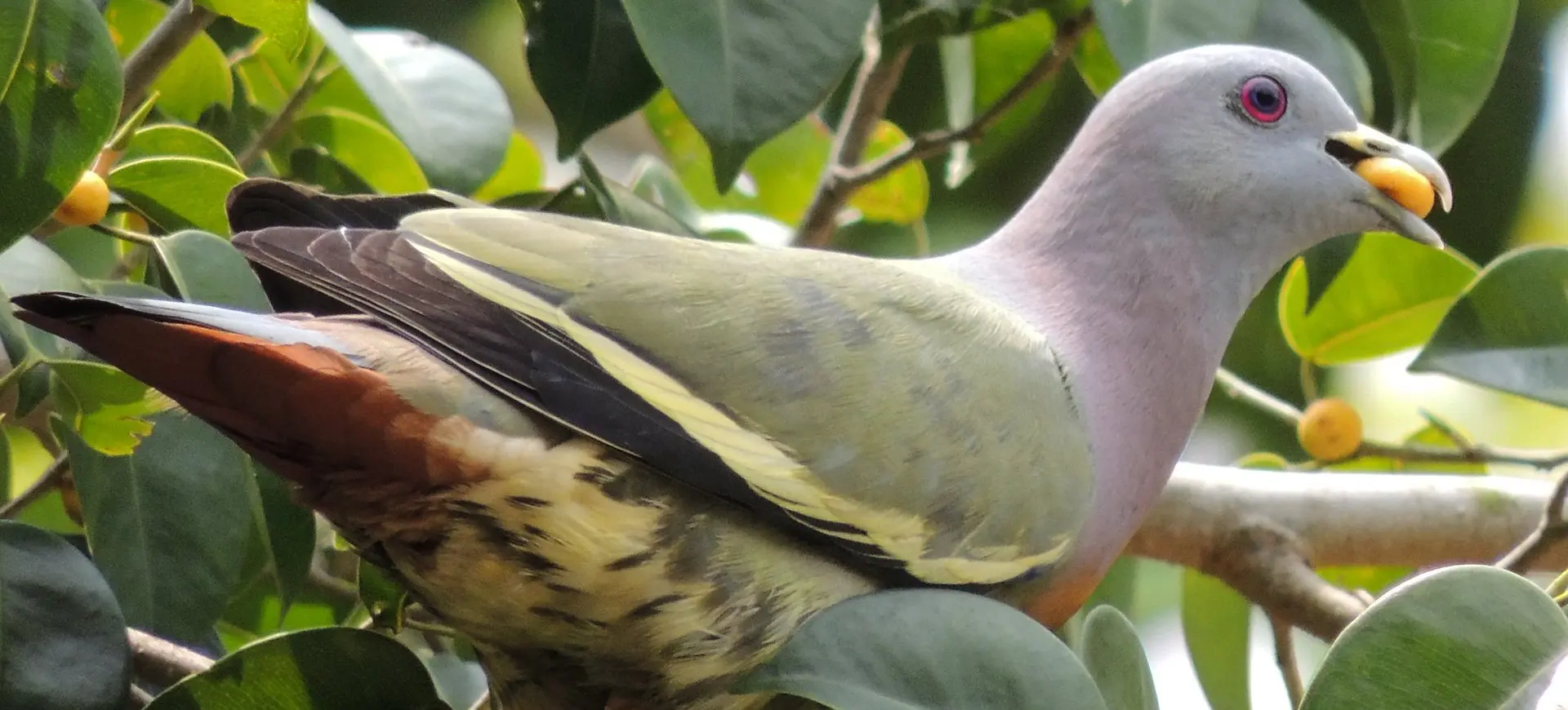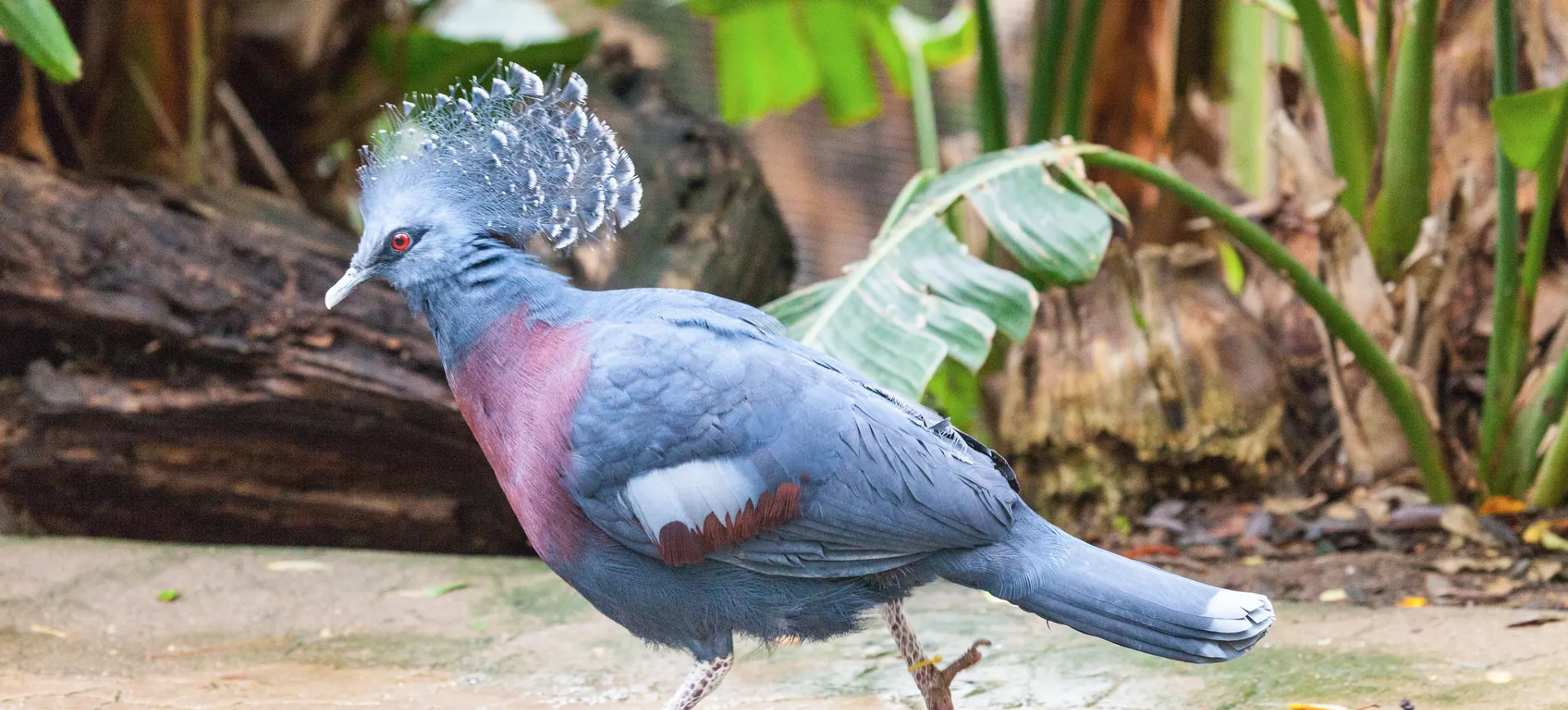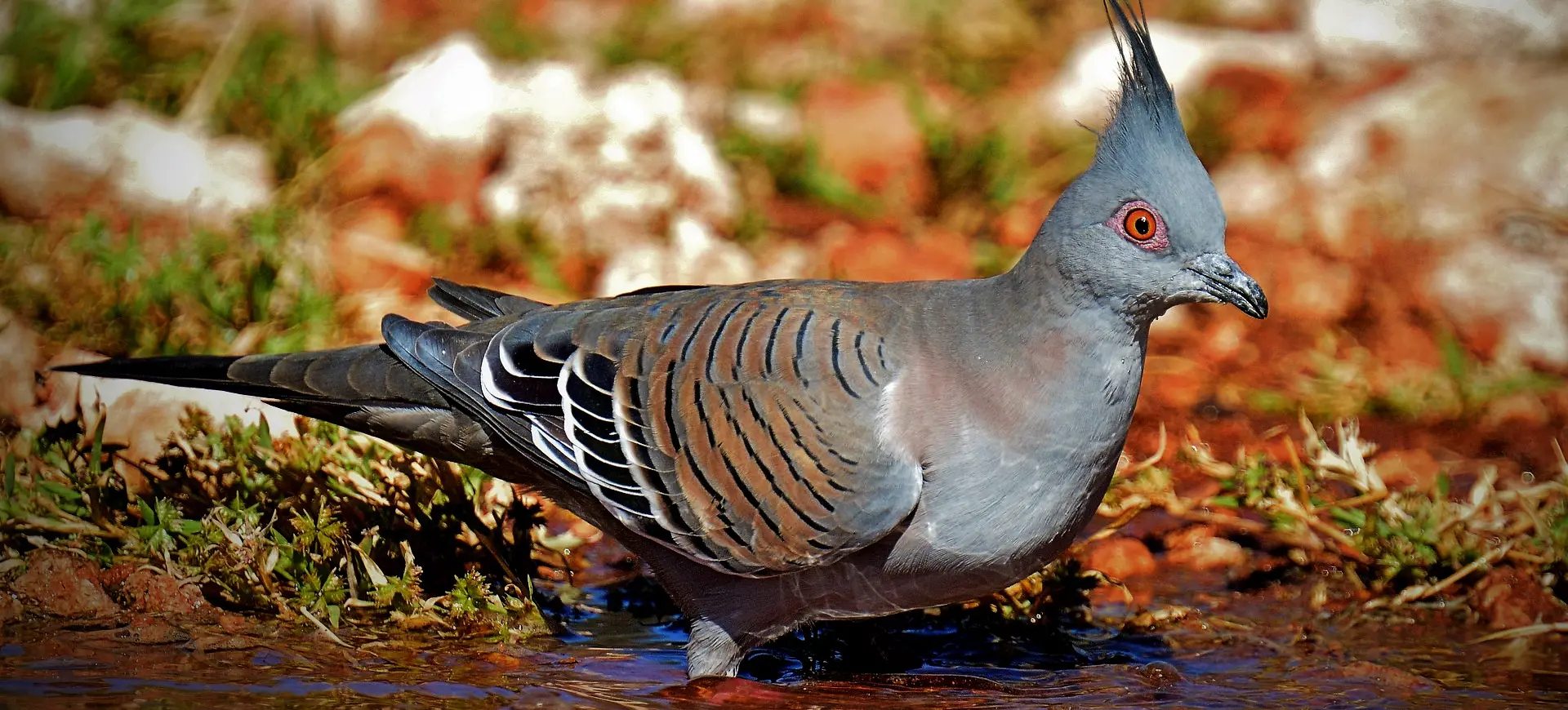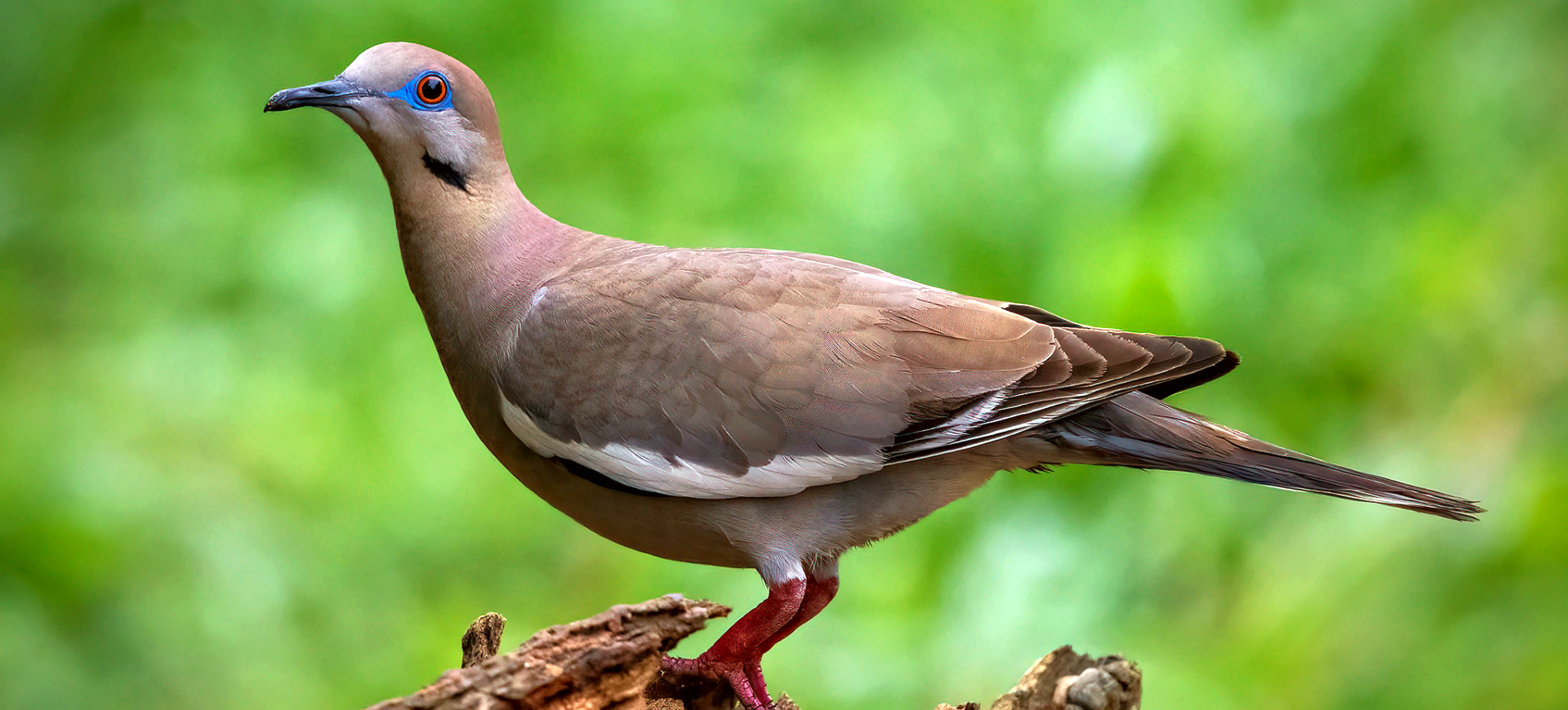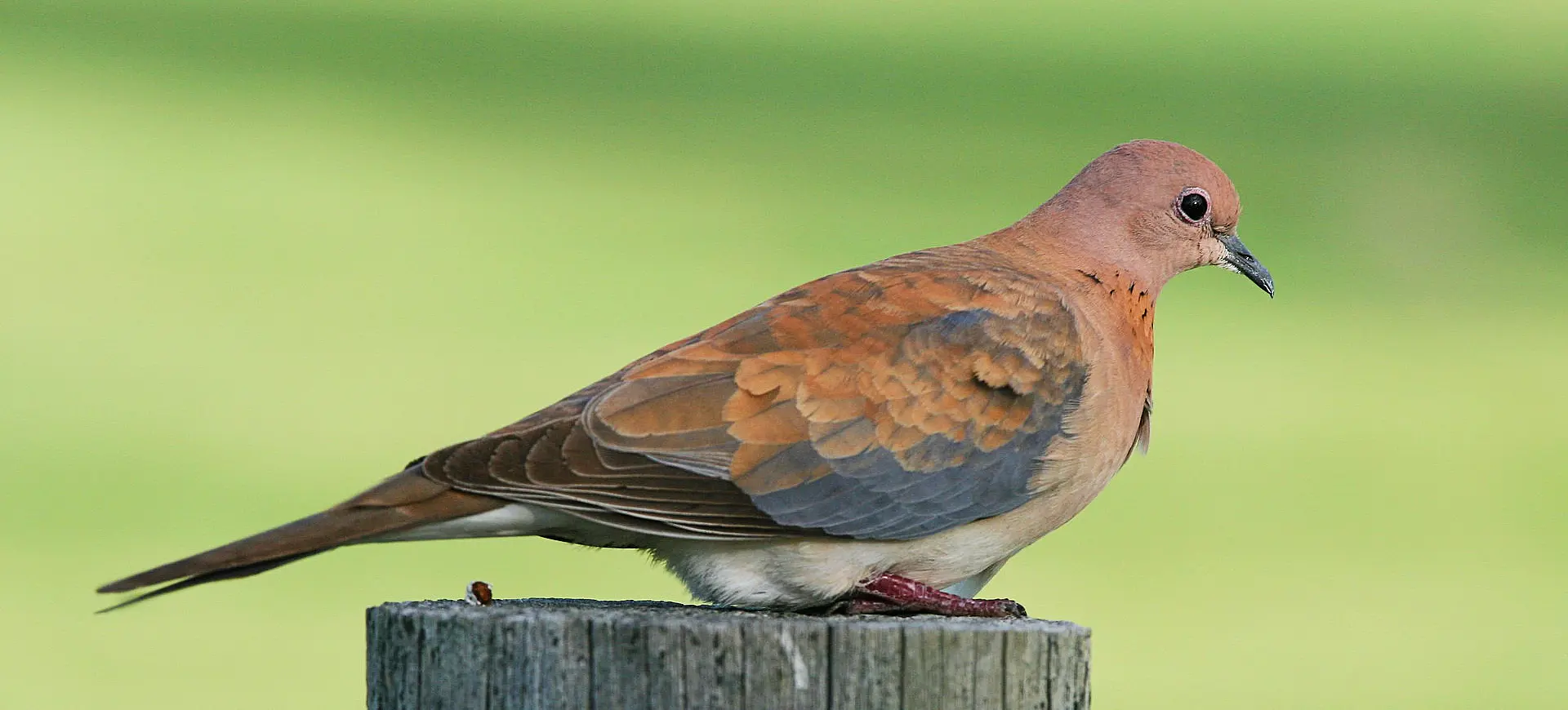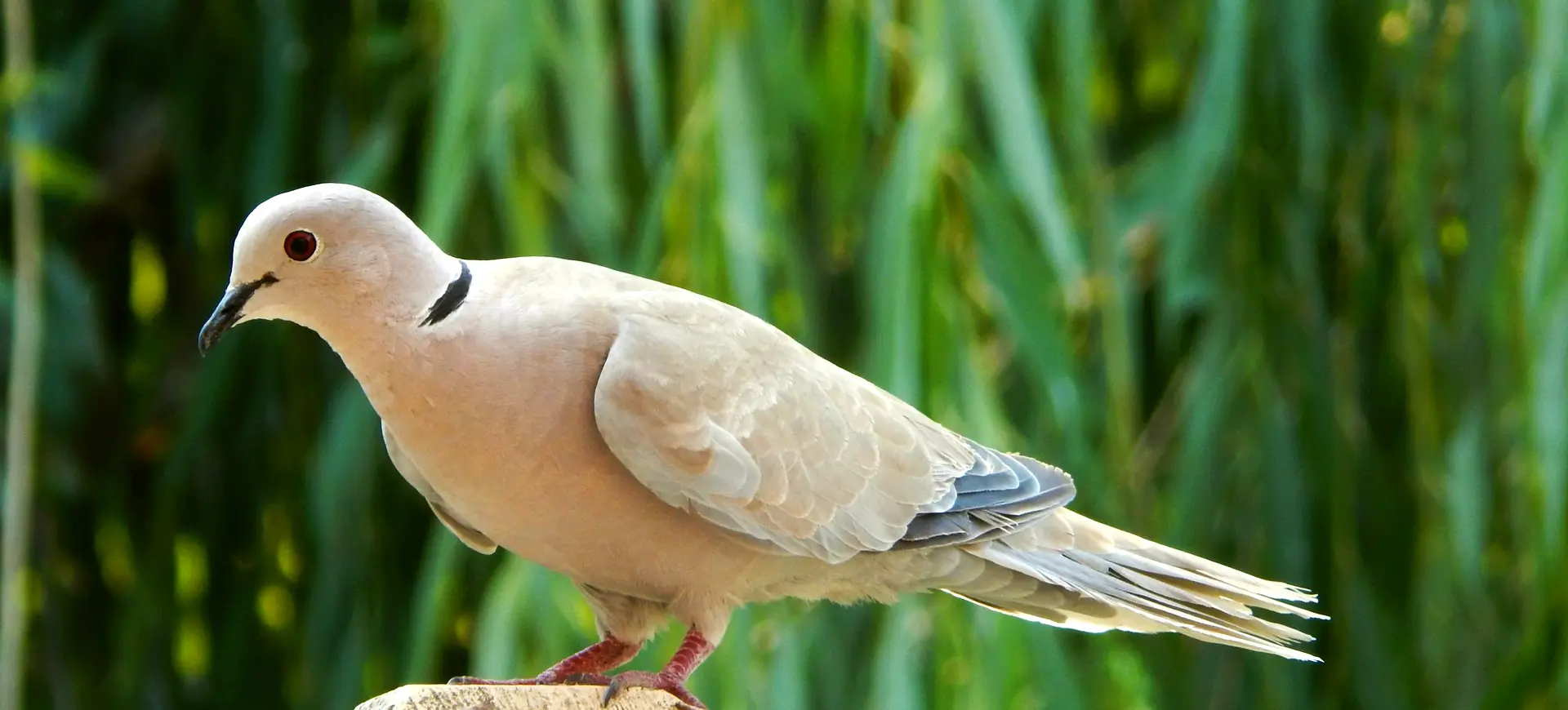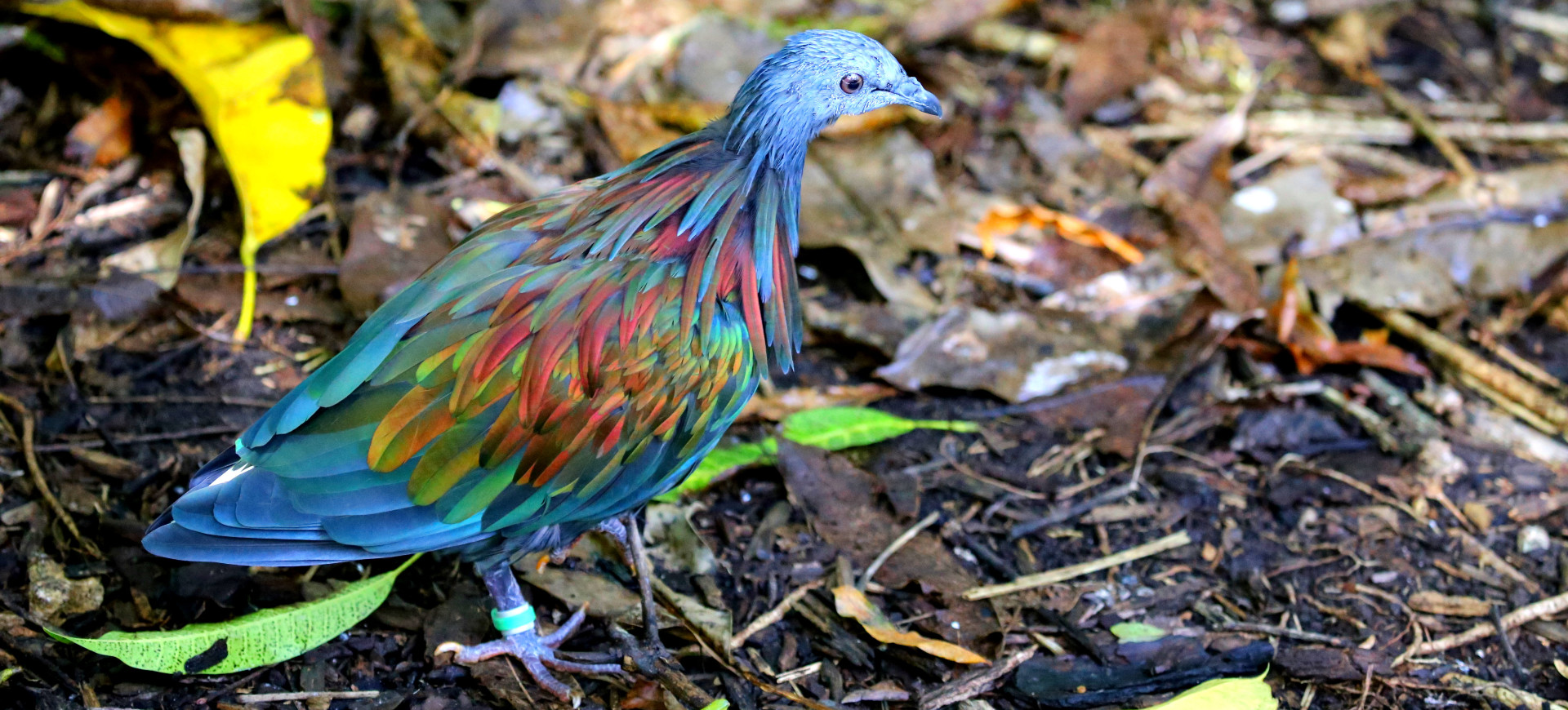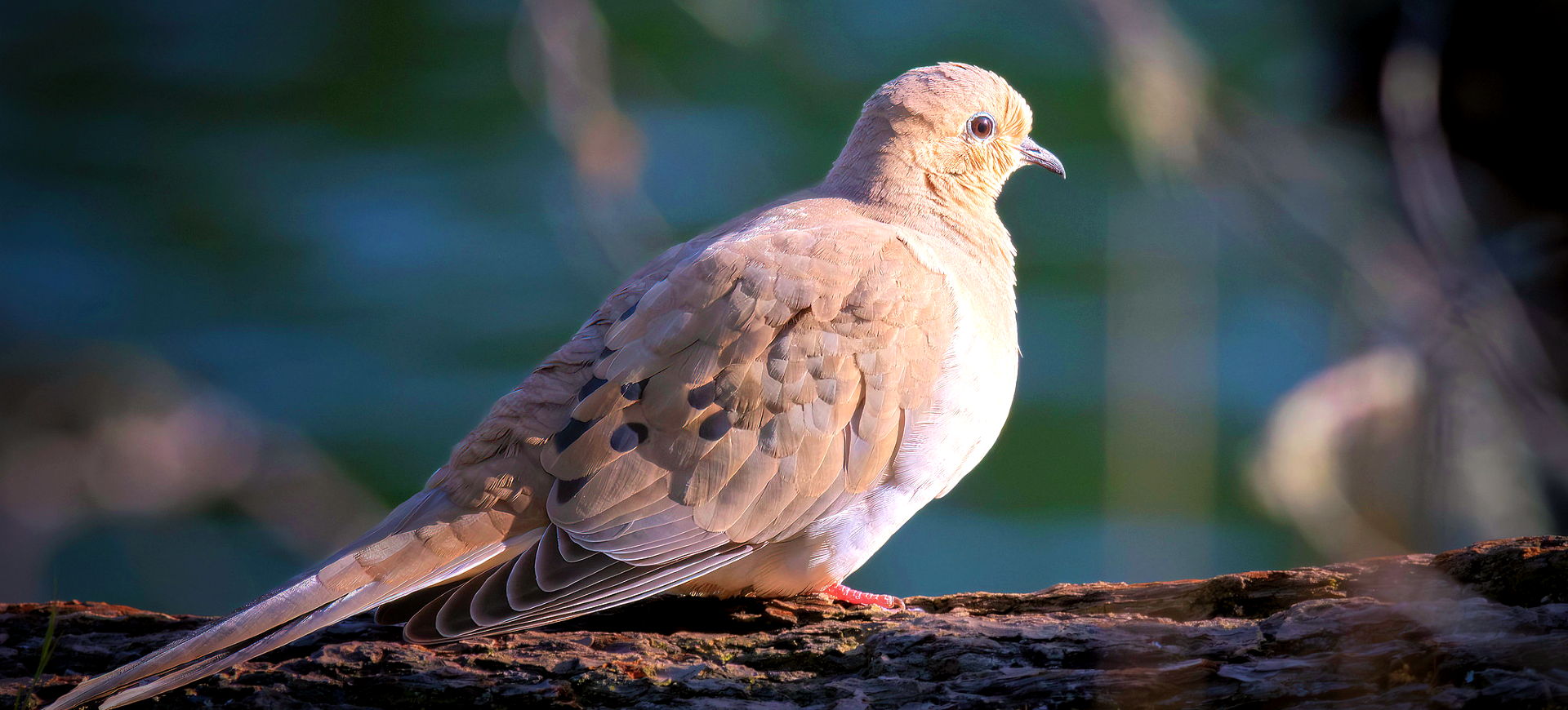Overview
The Wompoo Fruit-Dove, with its striking and colorful plumage, is a large dove native to the rainforests of New Guinea, eastern Australia, and surrounding islands. This species is distinguished by its vibrant, deep purple chest, yellow underparts, green back, wings, and tail, creating a stark contrast that is hard to miss in its natural habitat. Known for its distinctive deep “wompoo” call, which contributes to its name, the bird is often heard before it is seen, adding an auditory allure to the dense rainforests it inhabits. The Wompoo Fruit-Dove is a key species for the dispersal of seeds from various rainforest fruits, which it feeds on, playing a crucial role in maintaining the health and regeneration of its ecosystem.
Despite its size, the Wompoo Fruit-Dove is a shy and elusive bird, often remaining hidden among the foliage of fruit trees. It is most commonly found in the canopy layer, where it feeds on a wide range of fruits, showing a preference for figs and other large fruits. This dietary habit makes it an essential participant in the seed dispersal process, contributing to the biodiversity of its habitat. Conservation efforts focus on preserving its rainforest home, which deforestation and habitat fragmentation threaten.
The Wompoo Fruit-Dove exhibits a nomadic lifestyle, moving across its range in search of fruiting trees. This mobility is essential for the bird’s survival, ensuring access to food resources throughout the year. The species’ dependence on large tracts of intact forest for feeding and nesting highlights the importance of conservation strategies to protect these critical habitats. Efforts to understand the Wompoo Fruit-Dove’s range, population dynamics, and habitat use are key to developing effective conservation measures and ensuring the species’ long-term viability.
Taxonomy
Kingdom
Phylum
Class
Order
Family
Genus
Species
Sub Species
Type
Physical Description:
The Wompoo Fruit-Dove is a larger species within the Ptilinopus genus, with a body length ranging from 35 to 45 cm. Its plumage is a dazzling display of colors: a bright purple chest and upper abdomen, a yellow-orange lower abdomen, and a green back, wings, and tail. The striking coloration makes it visually distinctive and serves as camouflage among the fruit and foliage of its rainforest habitat. The bird’s small head and short beak are adapted for fruit consumption, enabling it to swallow large fruits whole.
Females and males have similar plumage, making it difficult to distinguish between the sexes based on appearance alone. Juveniles, however, have a duller coloration, lacking adults’ vibrant purple and yellow. The bird’s soft, cooing calls contribute to the serene soundscape of its rainforest home, providing a vocal indication of its presence even when it remains out of sight. The Wompoo Fruit-Dove’s appearance and behavior embody the richness and complexity of tropical rainforests, highlighting the importance of preserving these ecosystems.

Lifespan: Wild: ~8 years || Captivity: ~15 years

Weight: Male & Female: 5.6-9.2 oz (160-260 g)

Length: Male & Female: 13.8-17.7 inches (35-45 cm)
Characteristic:
Native Habitat:
The Wompoo Fruit Dove inhabits the dense rainforests of New Guinea, eastern Australia, and the surrounding islands, preferring areas with abundant fruiting trees. Its habitat ranges from lowland tropical rainforests to mountainous regions, demonstrating the species’ adaptability to different forest types. The presence of large, intact forest areas is crucial for the Wompoo Fruit-Dove, providing not only feeding sites but also nesting opportunities in the forest canopy.
Conservation of these habitats is vital for the survival of the Wompoo Fruit-Dove, as deforestation and habitat fragmentation pose significant threats. The bird’s reliance on various fruiting trees highlights the importance of biodiversity within its ecosystem. Protecting large areas of continuous forest is essential for maintaining the ecological processes that support the Wompoo Fruit-Dove and countless other species.
Climate Zones:
Biomes:
Biogeographical Realms:
Continents:
Countries:
Diet:
Diet & Feeding Habits:
The Wompoo Fruit-Dove is a frugivore that primarily feeds on various rainforest fruits, particularly figs and other large, soft fruits. This diet makes it an essential agent for seed dispersal as the bird travels across its habitat, excreting the seeds of consumed fruits in different locations. The dove’s ability to consume large fruits whole and fly long distances contributes significantly to rainforest plants’ genetic diversity and regeneration.
Feeding mainly in the canopy, the Wompoo Fruit-Dove selects ripe fruits, demonstrating a preference that ensures the seeds are ready for dispersal. Its role in the ecosystem is further underscored by its selective feeding habits, which influence the composition and distribution of plant species within the rainforest. The bird’s feeding behavior is closely tied to the fruiting cycles of its preferred foods, making it a nomadic species that moves in response to changing food availability.
Mating Behavior:
Mating Description:
The Wompoo Fruit-Dove forms monogamous pair bonds, with mating pairs often remaining together throughout the breeding season. During courtship, males display vibrant plumage and elaborate aerial displays to attract females. These displays and their distinctive cooing calls play a crucial role in mate selection. Nesting occurs in the canopy, where the female lays a single white egg in a simple platform nest made of twigs and leaves.
The incubation period lasts about three weeks, with both parents sharing responsibilities for incubating the egg and feeding the chick. The chick’s diet consists of regurgitated fruit pulp, provided by both parents, ensuring a high-nutrient diet essential for rapid growth. The extended care the parents provide, including after the chick has fledged, highlights the importance of strong pair bonds and parental investment in offspring survival. The Wompoo Fruit-Dove’s reproductive strategy, characterized by low fecundity and high parental care, is adapted to the challenges of life in the rainforest.
Reproduction Season:
Birth Type:
Pregnancy Duration:
Female Name:
Male Name:
Baby Name:
Social Structure Description:
The Wompoo Fruit-Dove exhibits a solitary or loosely social behavior, with individuals typically seen alone or in small groups, especially when feeding. The species does not form large flocks; groups may gather in areas with abundant food sources. Social interactions are characterized by vocal communications and subtle visual displays, which play a role in maintaining social cohesion and facilitating pair bonding.
The nomadic nature of the Wompoo Fruit-Dove, driven by the seasonal availability of fruit, influences its social structure, with birds moving individually or in pairs rather than in cohesive groups. This behavior reflects the species’ adaptation to the diverse and dynamic environment of the rainforest. The Wompoo Fruit-Dove’s lifestyle underscores the importance of maintaining large, contiguous habitats, as fragmentation can disrupt these natural movements and social interactions, further highlighting the need for comprehensive conservation efforts.
Groups:
Conservation Status:
Population Trend:
The Wompoo Fruit-Dove, while currently classified as Least Concern by the IUCN, faces threats from habitat loss and fragmentation, which could impact its long-term survival. The species’ reliance on large, intact tracts of rainforest for feeding and nesting makes it vulnerable to deforestation and land-use change. In areas where habitat destruction is prevalent, populations have shown declines, underscoring the need for concerted conservation efforts.
Protecting the Wompoo Fruit-Dove’s habitat is essential for its survival, requiring strategies that address the root causes of deforestation and habitat degradation. Conservation measures, including establishing and managing protected areas, are crucial for maintaining the ecological integrity of the rainforests that support this species. Efforts to restore degraded habitats and create corridors between fragmented forests can also contribute to the Wompoo Fruit-Dove’s conservation, ensuring connectivity between populations and access to critical resources.
Population Threats:
The primary threats to the Wompoo Fruit-Dove include habitat loss and fragmentation resulting from logging, agricultural expansion, and urban development. These activities reduce the availability of fruiting trees and nesting sites, impacting the bird’s ability to feed and reproduce. Climate change poses an additional threat, potentially altering the fruiting patterns of trees and affecting the availability of food resources.
Conservation strategies must address these threats through habitat protection, sustainable land-use practices, and climate adaptation measures. Raising awareness of the Wompoo Fruit-Dove’s role in seed dispersal and ecosystem health can foster support for conservation efforts. Research into the species’ ecology and habitat requirements is essential for developing effective conservation plans, ensuring that actions are based on sound scientific knowledge.
Conservation Efforts:
Conservation efforts for the Wompoo Fruit-Dove focus on habitat protection and restoration, including establishing protected areas and implementing sustainable forestry practices. Efforts to rehabilitate degraded habitats and establish forest corridors enhance connectivity between fragmented populations, supporting the species’ nomadic lifestyle. Education and outreach programs raise awareness of the Wompoo Fruit-Dove’s ecological importance, promoting conservation support among local communities and policymakers.
Collaboration between conservation organizations, government agencies, and local communities is key to the successful conservation of the Wompoo Fruit Dove. Research projects aimed at understanding the species’ population dynamics, habitat use, and feeding ecology inform conservation strategies, ensuring they are effective and targeted. International cooperation is also crucial, as the bird’s range spans multiple countries, requiring coordinated efforts to protect its habitat and ensure its survival.
Additional Resources:
Fun Facts
- The Wompoo Fruit-Dove’s call is so deep and resonant that it can be mistaken for the sound of a distant drum.
- Despite its vibrant colors, the dove’s plumage blends seamlessly into the rainforest canopy, making it a master of camouflage.
- It is one of the few bird species to swallow large fruits whole, facilitating seed dispersal across vast distances.
- The Wompoo Fruit-Dove is named after its distinctive “wompoo” call, its rainforest home.
- This species plays a crucial role in maintaining the health of rainforests by dispersing seeds of many fruiting trees.
- The Wompoo Fruit-Dove can be nomadic, traveling long distances in search of fruiting trees, showcasing its adaptability.
- Unlike many other bird species, the Wompoo Fruit-Dove drinks by sucking water rather than scooping it with its beak.
- Its diet consists of over a hundred different types of fruits, demonstrating the bird’s importance in the ecosystem.
- The Wompoo Fruit-Dove’s habitat spans several countries, making its conservation a cross-border effort.
- Despite its size, the dove is an agile flyer, capable of maneuvering quickly through dense forest canopies.





